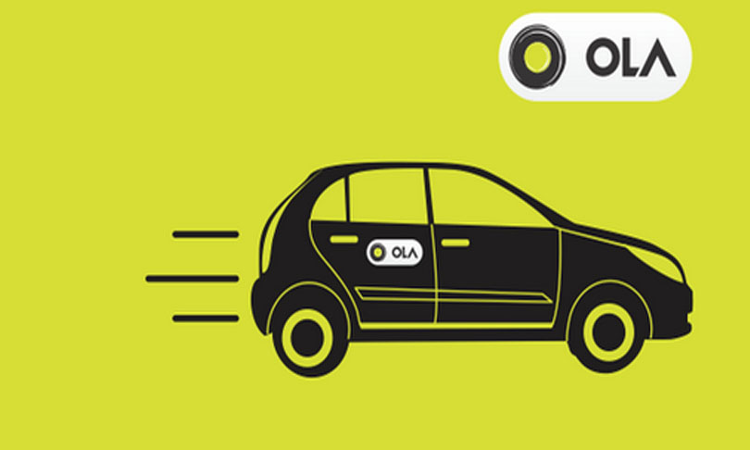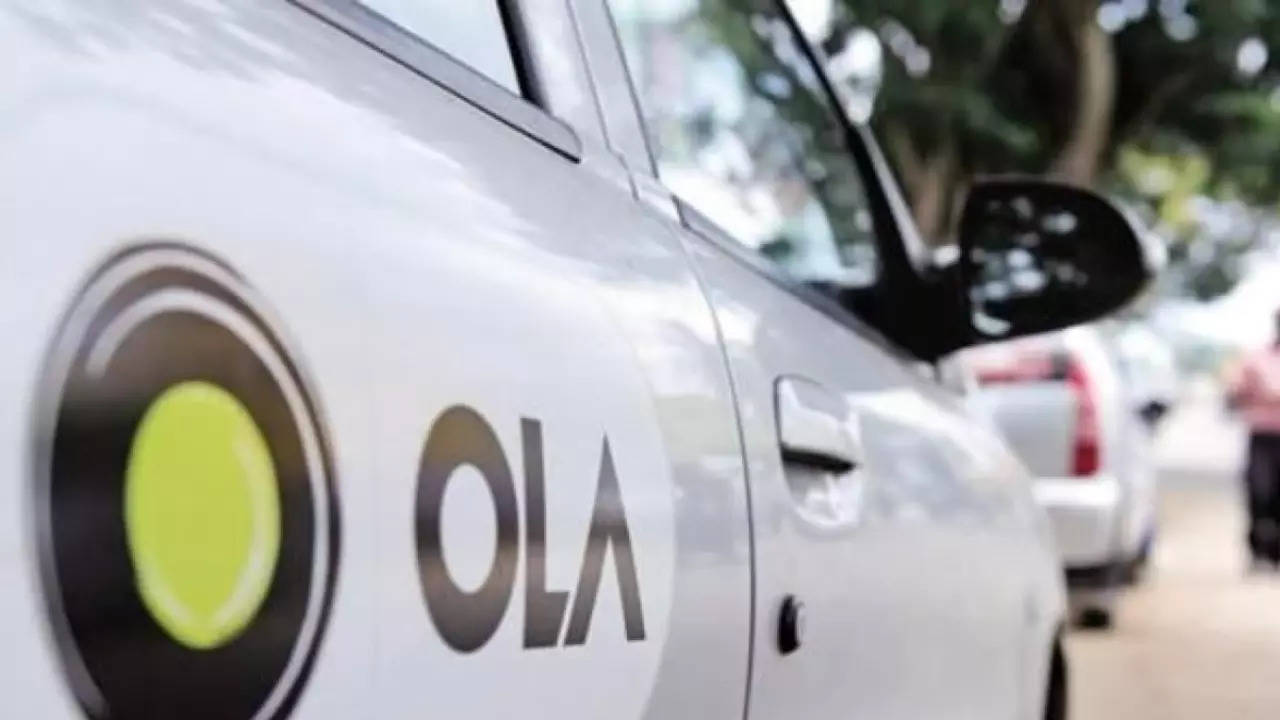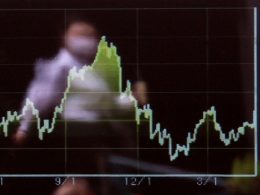Following the path of its sister company, Ola Electric, ride-hailing giant Ola Consumer is reportedly fast-tracking its public listing plans and the company has begun seeking approval from its investors to transition from a private to a public entity—a pivotal step toward an initial public offering (IPO).
Reports suggest that Ola Consumer is in the process of finalizing arrangements with investment bankers to handle the public issue. A source noted, “They want to leverage the goodwill surrounding Ola Electric’s listing to push the cab business public. However, given Ola Electric’s recent share price decline, that could be a significant challenge.”
Bhavish Aggarwal, Ola’s founder and CEO, will continue leading operations as Ola Consumer speeds toward its IPO. During the April to June quarter, Ola Consumer posted a gross order value (GOV) of ₹3,000 crore ($361 million), which represents the total value of transactions on its platform before discounts or refunds are applied. Ola Consumer generates revenue by charging a commission of 24-28% on GOV.
Ola Consumer’s numbers are largely driven by two key business units: its flagship mobility division, which includes ride-hailing and accounted for 77% of GOV at ₹2,300 crore ($277 million), and its financial services division, which contributed the remainder. The financial arm of the company, Ola Financial, offers services such as small-ticket loans and UPI payments.
The company completed 110 million customer rides during the April-June quarter, averaging 1.2 million rides per day. While this is impressive, Ola Consumer still trails competitors like Uber and Rapido, which each handle over 2 million daily trips.
In August 2024, Ola Consumer rebranded itself from Ola Cabs and expanded its offerings, venturing into food and grocery delivery through the Open Network for Digital Commerce (ONDC). Backed by investors such as SoftBank, Tiger Global, and Matrix Partners, the company has now sought investor approval to officially transition into a public company, with the management in the process of finalizing bankers for its IPO.
For FY23, Ola Consumer reported consolidated revenue of ₹2,799 crore ($336 million) alongside a loss of ₹772 crore ($93 million). Although its FY24 financials have not yet been released, the company had cash reserves of $220 million and adjusted debt of $130 million as of September 2023, according to rating agency Moody’s. Ola Consumer was also expected to generate a consolidated EBITDA of $35 million and a cash flow of $15 million from operations.

The Backdrop
Ola Cabs began operations in 2010, quickly rising to become the market leader in India’s ride-hailing space after securing 17 rounds of funding and battling fierce competition from Uber and other local players. However, the onset of the COVID-19 pandemic hit the company hard, with lockdowns decimating its ride volume. Moreover, CEO Bhavish Aggarwal’s growing focus on his EV venture, Ola Electric, further affected Ola’s performance, causing the company to lose its number one position to Uber and the younger, fast-growing startup, Rapido.
In recent months, Ola has undertaken a refresh, adopting a new approach to attract users. Part of this strategy was its August rebranding as Ola Consumer, expanding beyond ride-hailing to offer services in other sectors. However, in its core mobility business, Ola remains on the defensive. Consumer trust is low, and the company faces persistent challenges in maintaining a steady supply of drivers.
For now, Ola’s focus appears to be shifting to its newer ventures, including its presence on the Open Network for Digital Commerce (ONDC) and financial services. Though these initiatives are in their early stages, whether they can generate meaningful revenue is still uncertain.
The company has also faced leadership instability. Hemant Bakshi, who was hired as CEO last year, left within four months, and since then, no replacement has been named. Currently, executives Jitesh Shah, Kapish Malhotra, and Ankush Aggarwal are overseeing operations.
IPO Ambitions
Bhavish Aggarwal has been contemplating taking Ola public since 2021, with an attempt to raise over $1 billion in a pre-IPO round that year, seeking a valuation of $12 billion. This round was expected to consist of both equity and debt, and during that time, Ola also ventured into non-core activities like 10-minute grocery delivery, car resale, and cloud kitchens. However, the fundraising talks fell through, largely due to investor dissatisfaction with Ola’s distribution model in these segments. The company eventually shut down these operations and refocused on its core mobility unit.
In 2022, investors were informed that instead of an IPO planned for November of that year, the target date was shifted to November 2024. The investor agreement likely stipulates this preferred timeline, prompting Aggarwal to introduce new product lines in an effort to improve the company’s prospects.
As of late 2021, Ola was valued at $7.3 billion after raising $140 million from 360 One and Edelweiss Private Equity. Earlier this year, however, mutual fund house Vanguard marked down Ola’s valuation to $1.9 billion.
What Lies Ahead?
The road to an IPO may be far from smooth. Public markets are likely to demand more answers, including clarity on how much time Bhavish Aggarwal, as a promoter, will dedicate to growing Ola, especially given his responsibilities at Ola Electric.
Additionally, the valuation may fall short of Aggarwal’s expectations. Despite the company’s ambitious target valuation of $5 billion, Ola has lost significant market share in the ride-hailing space. Given its recent gross order value (GOV) and revenue numbers, the company’s annualized figure for FY25 may fall between $1.4-1.5 billion. This may make it challenging for Ola to justify a valuation between $5-7 billion.
If we look at global peers, Uber currently boasts a market cap of around $150 billion on the NYSE, with a gross booking value of $137 billion across food and mobility in 2023, giving it a trailing multiple of 1.1x. South Asia-based Grab, on the other hand, trades with a market cap of nearly $15 billion, based on a gross merchandise value of $20.98 billion, resulting in a trailing GMV multiple of 0.71x.
While the company’s IPO ambitions are gaining momentum, the critical question remains is – can it overcome the valuation concerns in light of recent market fluctuations, particularly after the performance of Ola Electric’s shares? Investors will be keenly watching how Ola Consumer ventures its path to public markets, and whether its broader service expansion can deliver the growth it promises.










